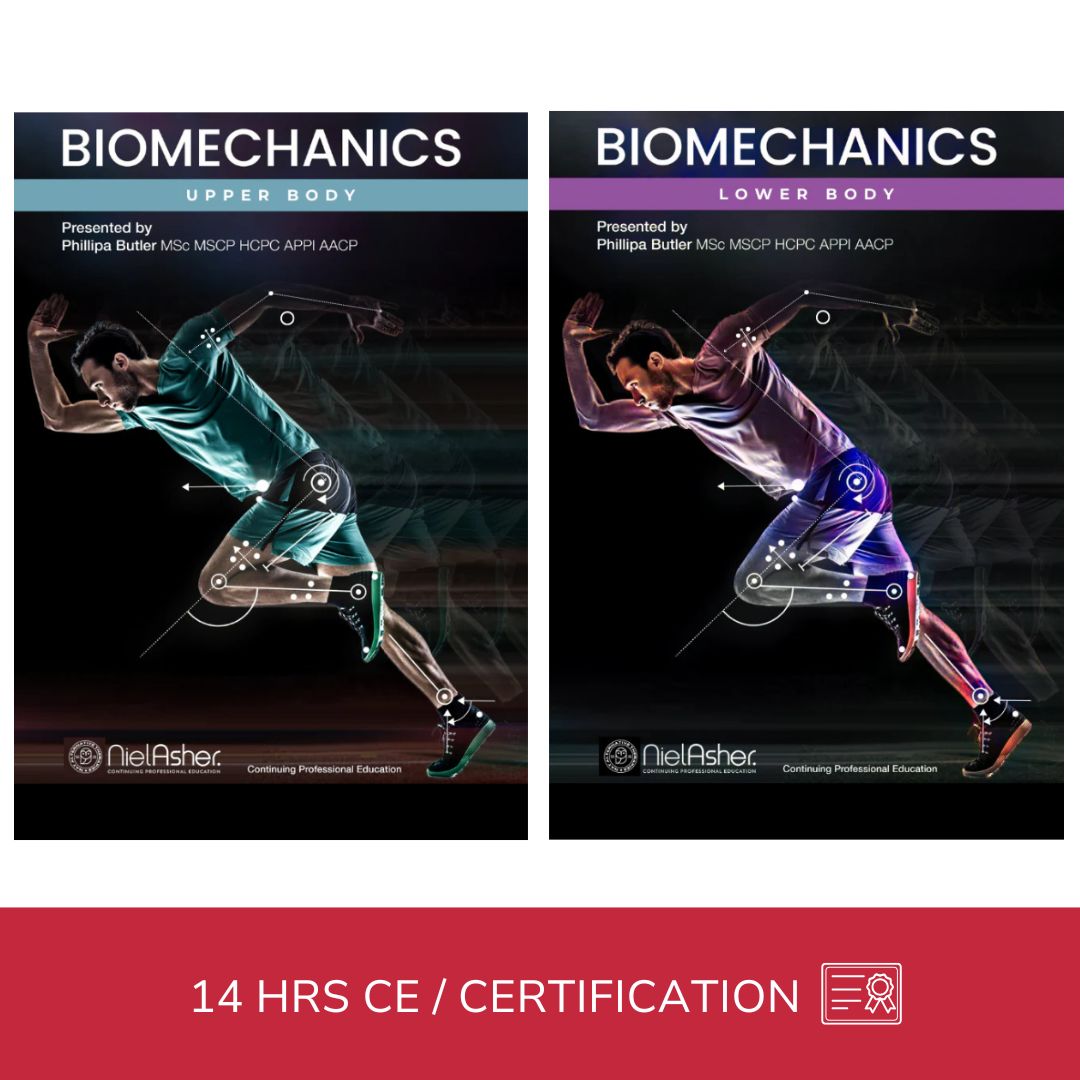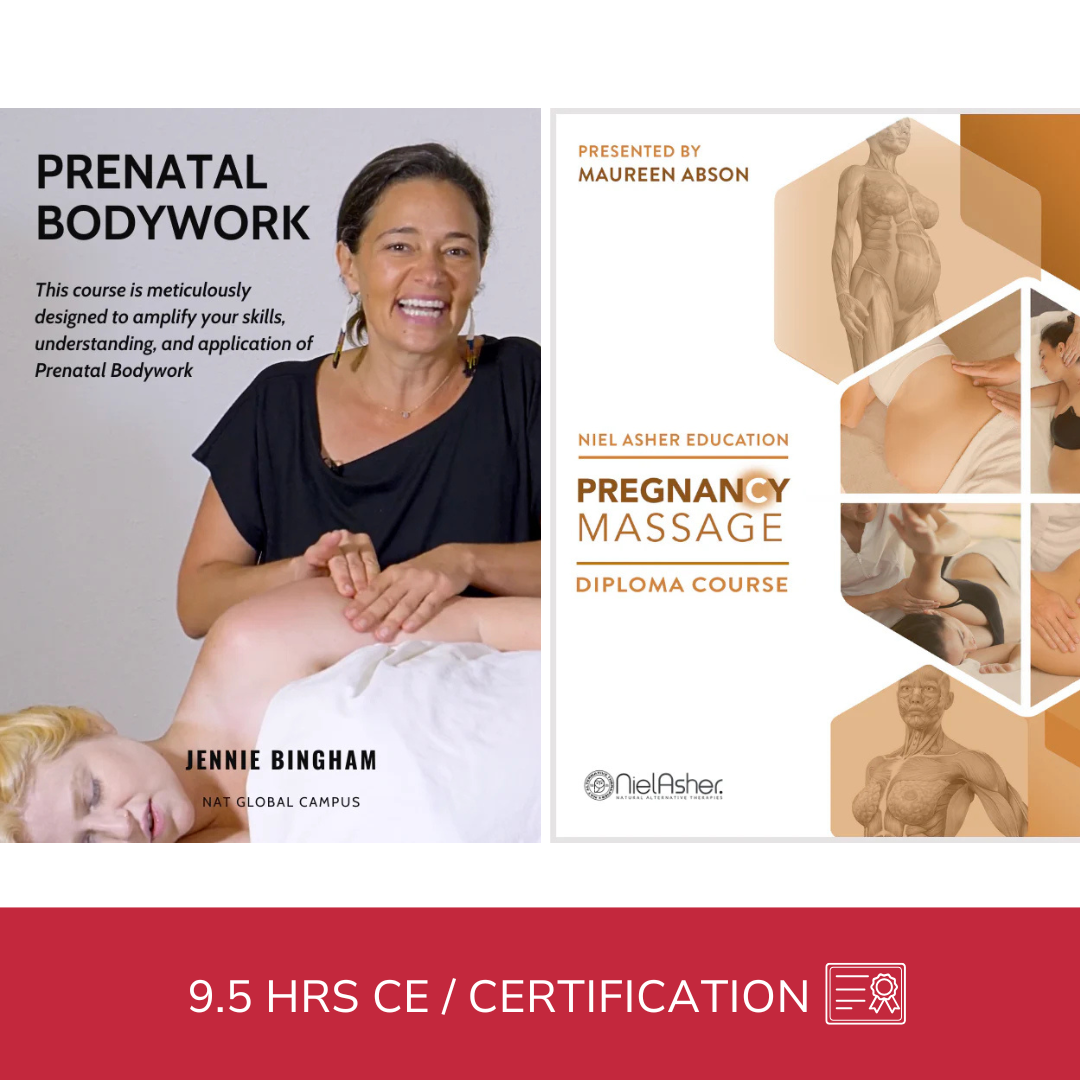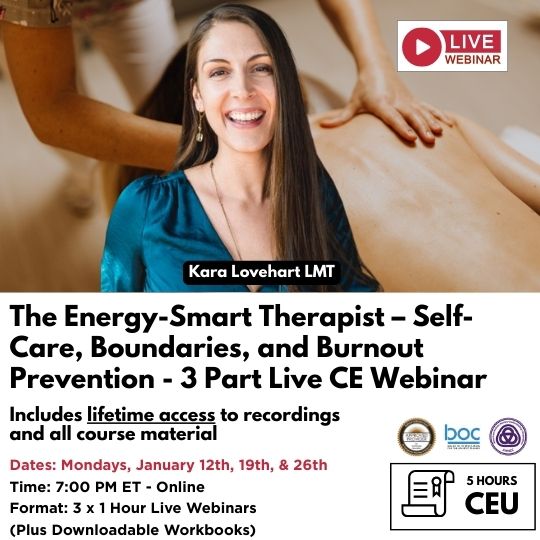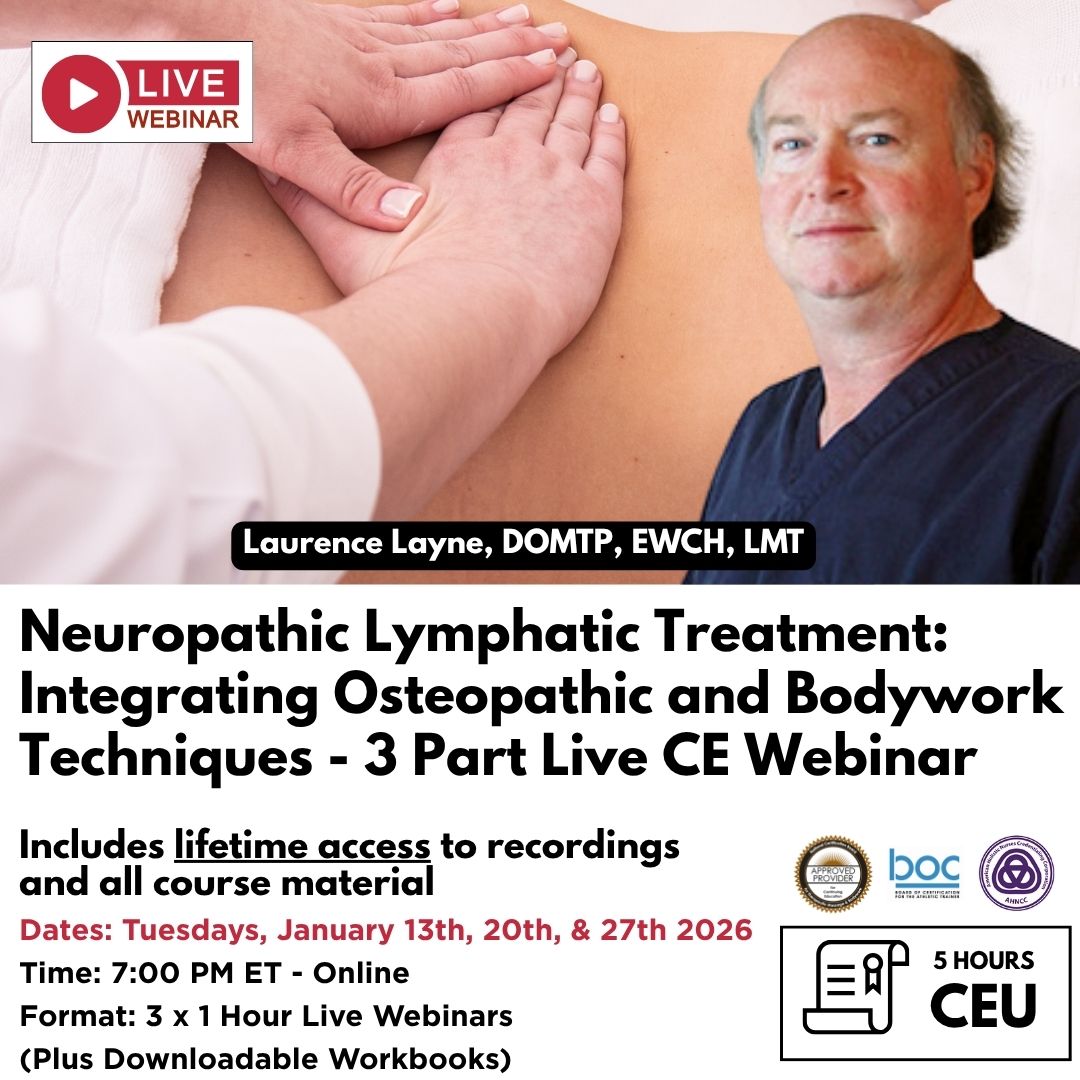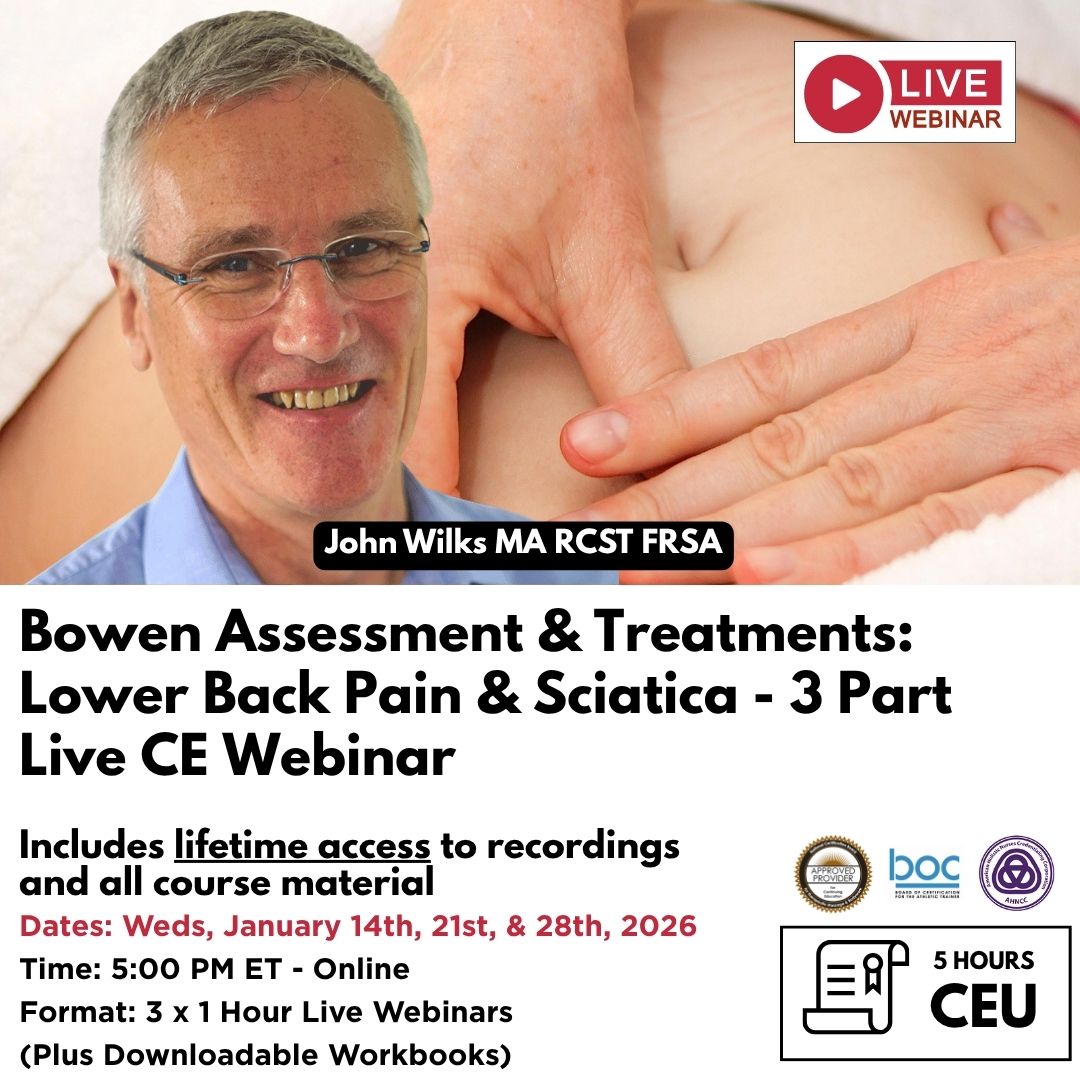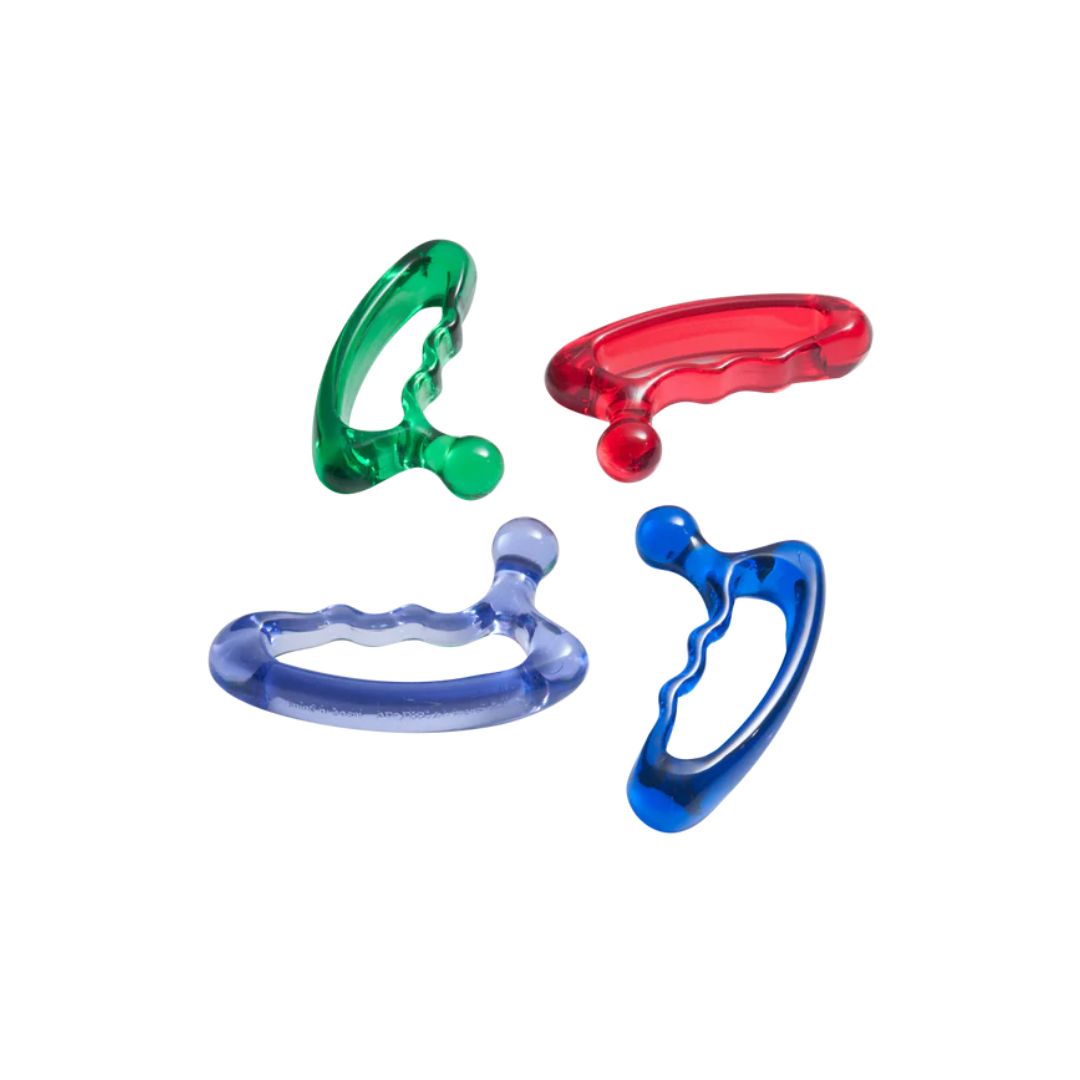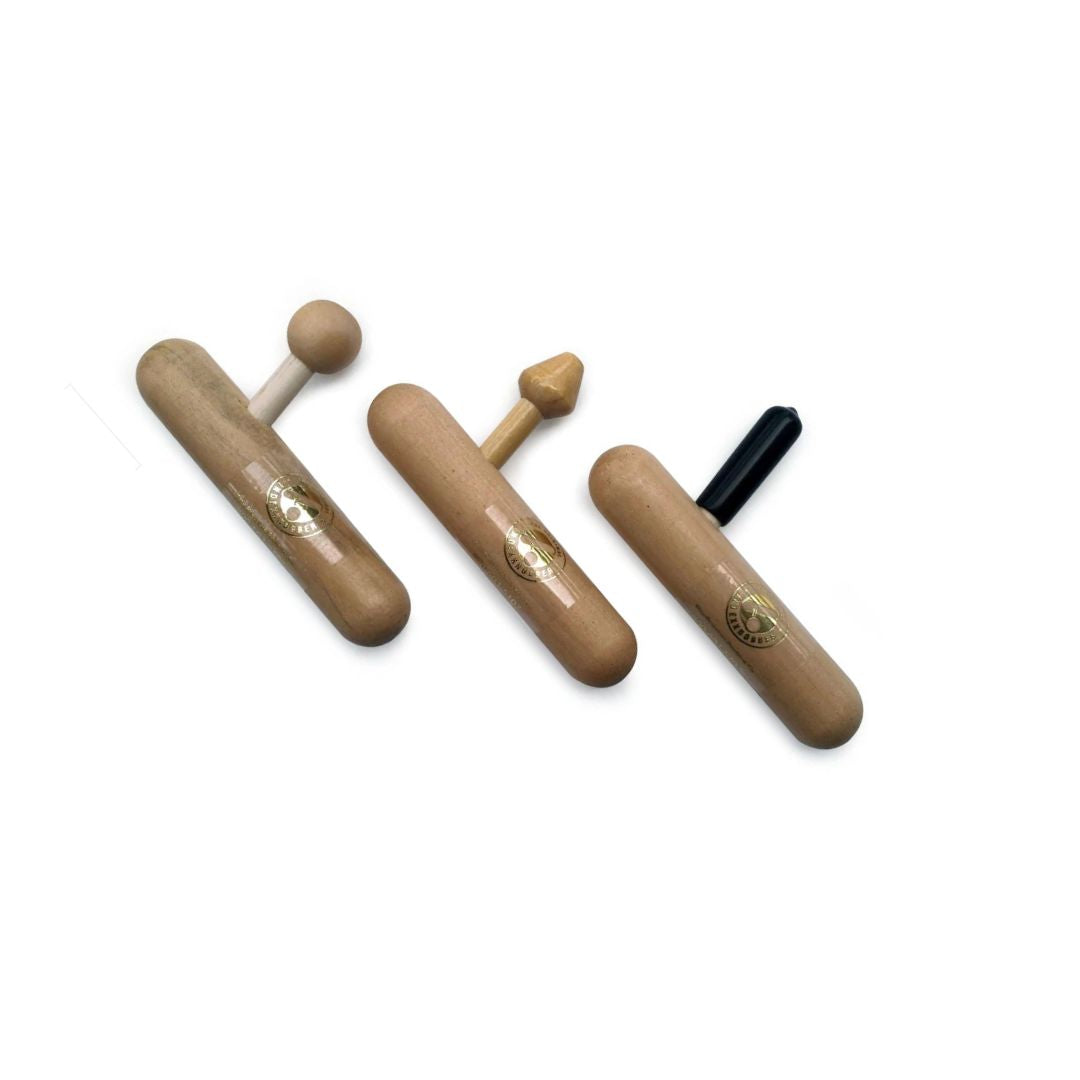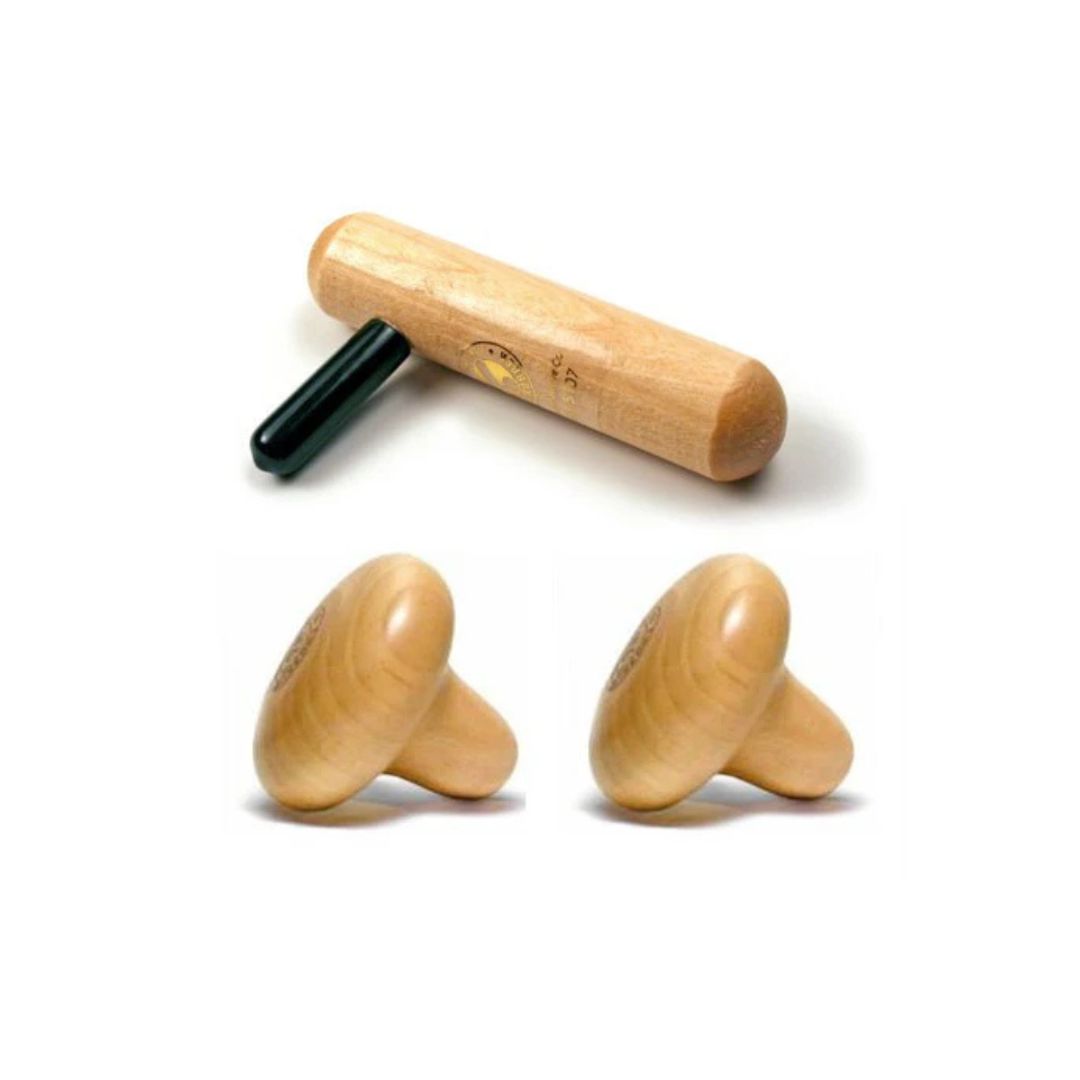Gua Sha for Manual Therapists: A Hidden Gem or Just Hype?
Does Gua Sha Actually Work? Or Is It Just Placebo?
This is the big question. Many Western-trained therapists approach Gua Sha with a healthy dose of skepticism—understandably so, given that Eastern medicine operates on different principles than conventional Western anatomy and physiology. The idea of qi stagnation doesn’t quite align with our modern understanding of the musculoskeletal system, but that doesn’t mean there isn’t real physiological value in the technique.
Over the past two decades, scientific studies have explored Gua Sha's effects, and the results are intriguing. Research has shown that Gua Sha:
- Increases microcirculation and blood flow in the treated area, helping to clear metabolic waste and oxygenate tissues.
- Stimulates an anti-inflammatory response, particularly through the activation of heme oxygenase-1, an enzyme linked to cellular protection and healing.
- Reduces pain sensitivity by influencing neurovascular structures and desensitizing overactive pain receptors.
- Promotes lymphatic drainage, helping to clear congestion and reduce swelling.
A 2011 study published in the journal Pain Medicine found that Gua Sha provided significant relief in patients with chronic neck pain, outperforming conventional heat therapy. Other studies have explored its benefits for conditions like fibromyalgia, perimenopausal symptoms, and even respiratory disorders.
Of course, not every therapist is convinced, and the practice continues to face scrutiny. But what’s hard to deny is that patients report feeling better after Gua Sha treatments, with improvements in muscle tension, mobility, and general well-being. Whether you view it as an ancient energy-based healing technique or a modern soft tissue therapy, the fact remains that Gua Sha is producing real-world results.

Why Are More Manual Therapists Exploring Gua Sha?
One of the biggest reasons Gua Sha is making its way into Western massage and manual therapy practices is that it offers a gentle yet effective way to work with the body. Unlike deep tissue work, which can be intense and sometimes painful, Gua Sha allows therapists to achieve significant soft tissue release with minimal strain on their own hands and wrists.
For therapists who work with clients experiencing chronic tension, restricted mobility, or postural imbalances, Gua Sha can be an invaluable tool. By gently scraping along the fascial lines of the body, therapists can help free up adhesions, improve range of motion, and relieve myofascial pain without excessive force.
It’s also highly adaptable. Some therapists integrate Gua Sha into full-body treatments, while others use it only in targeted areas to enhance their existing techniques. It works well alongside trigger point therapy, cupping, and traditional massage, making it a versatile addition to any therapist’s toolkit.
And here’s the best part: Gua Sha is easy to learn.
While mastering the finer details takes practice, any trained massage or manual therapist can pick up the basics quickly. Whether attending a live workshop or taking an accredited online course, therapists can start incorporating Gua Sha into their practice in just a few hours of training.

How to Learn Gua Sha (Without the Myths and Mysticism)
If you’re interested in learning Gua Sha properly, it’s important to seek out professional, science-backed training. Not all courses are created equal, and some focus more on theoretical energy work rather than practical application.
For those who want a clear, structured, and accessible introduction, the Foundation in Gua Sha course offered by Niel Asher Education is a great place to start. Designed for massage therapists, physiotherapists, chiropractors, and other manual therapists, this course covers:
- The fundamental principles of Gua Sha—what it is, how it works, and why it’s effective.
- Practical application techniques for different body areas.
- How to integrate Gua Sha into your existing treatments without disrupting your current methods.
- Safety considerations to ensure responsible practice.
The best part? You can complete the course online at your own pace, making it easy to add this skill to your repertoire without disrupting your schedule.
For more information, visit Niel Asher Education's Gua Sha Course.
Final Thoughts: Is Gua Sha Right for Your Practice?
If you’re already working with soft tissue, fascia, or chronic pain conditions, Gua Sha could be a valuable addition to your skill set. It offers a gentle, effective way to work with the body, helping clients experience relief without excessive force.
That said, Gua Sha isn’t for everyone. Some therapists prefer strictly Western approaches, while others enjoy blending Eastern and Western modalities for a more comprehensive treatment approach.
But if you’re even a little curious, Gua Sha is worth exploring. Whether you try it for yourself, attend a workshop, or take an online course, understanding this time-tested technique can only expand your perspective—and possibly even transform your practice.
So, is it just an ancient myth? Or is it an underutilized tool waiting to be rediscovered? You decide.
References
- Nielsen, A., Knoblauch, N., Dobos, G., Michalsen, A., & Kaptchuk, T. J. (2019). The Effect of Gua Sha Treatment on Myalgia: A Systematic Review of Randomized Controlled Trials. Journal of Alternative and Complementary Medicine, 25(9), 897-911.
- Kwong, K. K., Mehta, P., Kim, Y., & Patwardhan, A. (2018). Gua Sha Therapy Improves Microcirculation and Reduces Pain Sensitivity: Evidence from Functional MRI Studies. PLOS ONE, 13(6), e0198728.
- Braun, M., Schwickert, M., Nielsen, A., et al. (2011). Effectiveness of Gua Sha Therapy in Patients with Chronic Neck Pain: A Randomized Controlled Trial. Pain Medicine, 12(3), 362-369.
- Lee, M. S., Choi, T. Y., Lee, J., & Ernst, E. (2010). Using Gua Sha for Musculoskeletal Pain: A Systematic Review of Clinical Trials. Journal of Pain Research, 3, 161-174.
- Chan, S. K., & Lin, J. G. (2012). Gua Sha: What Does the Research Say? The American Journal of Chinese Medicine, 40(3), 635-647.
Disclaimer
This article is for informational and educational purposes only and is not intended as a substitute for professional medical advice, diagnosis, or treatment. The content is based on current research and clinical experience but should not be used to replace consultation with a qualified healthcare provider.
Massage and manual therapy techniques, including Gua Sha, should only be performed by trained professionals within their scope of practice. If you or your clients experience chronic pain, restricted mobility, or any health concerns, seek guidance from a licensed medical professional before undergoing or applying any treatment.
About Niel Asher Education
Niel Asher Education (NAT Global Campus) is a globally recognised provider of high-quality professional learning for hands-on health and movement practitioners. Through an extensive catalogue of expert-led online courses, NAT delivers continuing education for massage therapists, supporting both newly qualified and highly experienced professionals with practical, clinically relevant training designed for real-world practice.
Beyond massage therapy, Niel Asher Education offers comprehensive continuing education for physical therapists, continuing education for athletic trainers, continuing education for chiropractors, and continuing education for rehabilitation professionals working across a wide range of clinical, sports, and wellness environments. Courses span manual therapy, movement, rehabilitation, pain management, integrative therapies, and practitioner self-care, with content presented by respected educators and clinicians from around the world.
Known for its high production values and practitioner-focused approach, Niel Asher Education emphasises clarity, practical application, and professional integrity. Its online learning model allows practitioners to study at their own pace while earning recognised certificates and maintaining ongoing professional development requirements, making continuing education accessible regardless of location or schedule.
Through partnerships with leading educational platforms and organisations worldwide, Niel Asher Education continues to expand access to trusted, high-quality continuing education for massage therapists, continuing education for physical therapists, continuing education for athletic trainers, continuing education for chiropractors, and continuing education for rehabilitation professionals, supporting lifelong learning and professional excellence across the global therapy community.
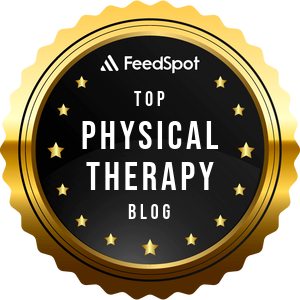
Continuing Professional Education
Looking for Massage Therapy CEUs, PT and ATC continuing education, chiropractic CE, or advanced manual therapy training? Explore our evidence-based online courses designed for hands-on professionals.

